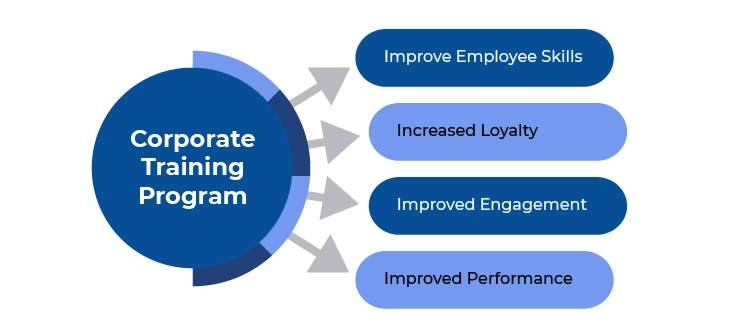
Optimizing Success: Effective Employee Training Strategies
In the fast-paced and ever-changing landscape of the modern workplace, effective employee training strategies are pivotal for organizational success. Here, we delve into the importance of strategic training initiatives and explore key strategies for optimizing employee development.
Understanding the Significance of Employee Training
Employee training goes beyond the basic onboarding process; it’s a continuous investment in the workforce that directly impacts an organization’s performance. Well-trained employees are not only more productive but also more engaged and adaptable to evolving industry demands.
Tailoring Training to Organizational Goals
To maximize the impact of training, align it with organizational goals. Each training program should have a clear connection to the broader mission and objectives of the company. This ensures that employees are equipped with the skills and knowledge necessary to contribute effectively to the organization’s success.
Implementing Varied Training Methods
People learn in different ways, and effective employee training strategies recognize this diversity. Incorporate a mix of training methods, including hands-on experiences, workshops, e-learning modules, and mentorship programs. This approach caters to various learning styles, enhancing overall comprehension and retention.
Promoting Continuous Learning Culture
Encourage a culture of continuous learning within the organization. This involves fostering an environment where employees are motivated to seek new knowledge and skills beyond mandatory training sessions. A culture of continuous learning not only keeps employees engaged but also ensures they stay ahead of industry trends.
Personalized Training Plans for Career Development
Recognize the individual aspirations of employees and incorporate personalized training plans for career development. This not only boosts employee morale but also strengthens their commitment to the organization. Personalized training plans demonstrate that the company values each employee’s growth and is invested in their long-term success.
Utilizing Technology for Training Efficiency
Leverage technology to enhance training efficiency. Incorporate learning management systems (LMS), virtual reality (VR), and other technological tools to make training more interactive, accessible, and measurable. Embracing technology ensures that training remains effective and aligned with the digital age.
Ensuring Leadership Involvement and Support
Leadership involvement is crucial for the success of employee training programs. When leaders actively participate in training initiatives, it sends a powerful message about the importance of learning within the organization. Additionally, leadership support ensures that necessary resources and encouragement are provided for successful training implementation.
Measuring Training Effectiveness Through Metrics
Establish metrics to measure the effectiveness of training programs. Whether it’s through assessments, performance evaluations, or feedback surveys, having measurable indicators allows organizations to gauge the impact of training on employee performance and overall business outcomes. Regularly analyze these metrics for continuous improvement.
Creating a Feedback Loop for Continuous Improvement
Foster a feedback loop that involves both trainers and trainees. Encourage employees to provide feedback on the training content, methods, and overall experience. This feedback not only helps in refining future training programs but also empowers employees by making them active participants in their own development.
Adapting Training Strategies to Industry Trends
The business landscape is dynamic, and industry trends evolve rapidly. Effective employee training strategies should be adaptable to these changes. Regularly assess industry trends and update training programs to ensure that employees are equipped with the latest skills and knowledge relevant to their roles.
Seizing the Opportunity with Employee Training Strategies
In conclusion, employee training is an investment in the future success of the organization. By implementing strategic training initiatives, organizations can optimize employee development, enhance productivity, and stay competitive in today’s dynamic business environment.
To explore more insights on Employee Training Strategies, visit Employee Training Strategies.
